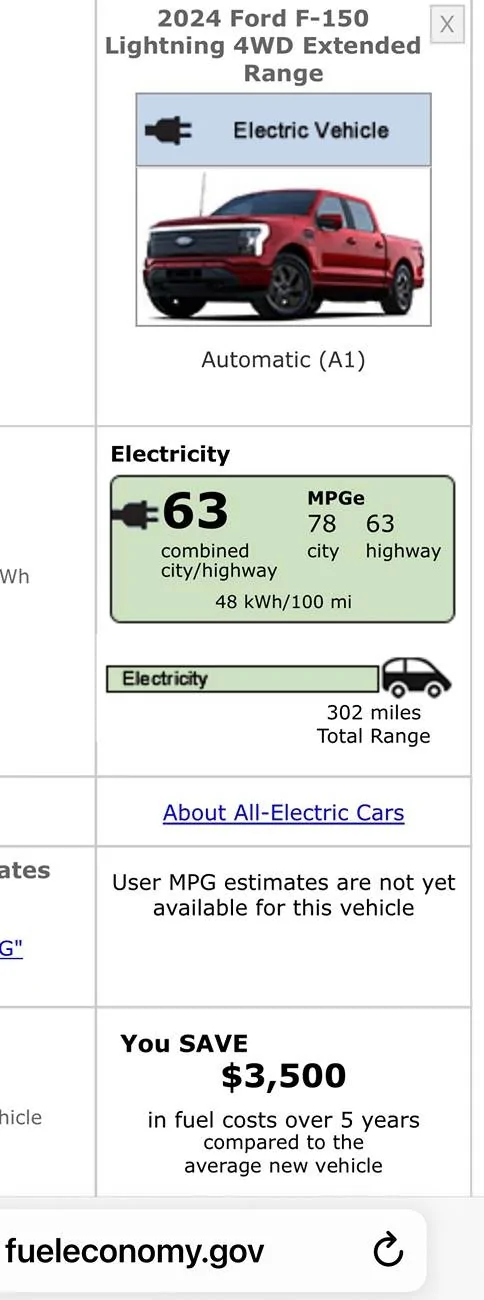Maineiac12
Well-known member
The issue is how EPA presents the numbers on the vehicle itself. The only range number they list on the window sticker is the combined number of 320. Nobody cares about MPGe, they care about range. They need to list a city, highway, and combination value for range just like ICE to avoid confusion.The EPA is a mixed driving estimate. However, can can use the gov website to adjust the mix (in this case 100% highway). Again, the point is if you are going to change the test criteria (driving type), you need to use the correct rating to compare against.
Sponsored


